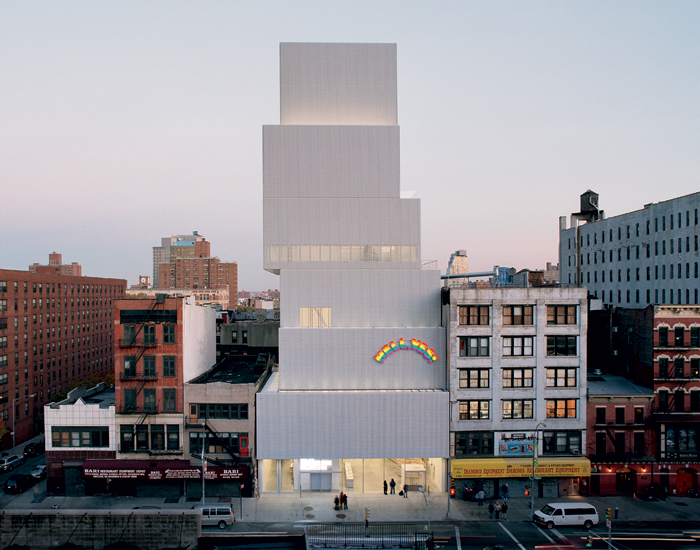
The 2010 Pritzker Prize Laureate
Refinement, restraint and a meeting of minds
The award of the 2010 Pritzker Prize to Kazuyo Sejima and Ryue Nishizawa, partners in the architectural firm, SANAA, marks only the third time in the 30-year history of the Prize that two architects have been honoured as joint Laureates.
Sejima and Nishizawa have been an enduring partnership for more than 15 years. Their buildings have a reputation for being deceptively simple, straightforward and restrained, but the projects are the work of multiple refinements and a quest for logical purpose and precise beauty.
Though much of their work is in Japan, Sejima and Nishizawa have designed a number of international projects, including the Glass Pavilion for the Toledo Museum of Art in Ohio, the New Museum – ‘a sculptural stack of rectilinear boxes dramatically shifted off axis’ - in New York and the De Kunstline Theatre and Cultural Centre in Almere, the Netherlands. Key projects in Japan include the O-Museum in Nagano and the 21st Century Museum of Contemporary Art in Kanazawa.
The 2010 jury chose Sejima and Nishizawa ‘for architecture that is simultaneously delicate and powerful, precise and fluid, ingenious but not overly or overtly clever; for the creation of buildings that successfully interact with their contexts and the activities they contain and for singular architectural language that springs from a collaborative process that is both unique and inspirational.’
In the history of the Prize, which was first awarded (to American architect Philip Johnson) in 1988, it is only the third time that Japanese architects have won the prize and, at 44 years old, Nishizawa is the youngest architect to ever have been honoured. 2010 will be something of a year for his colleague, Sejima, who is only the second female Pritzker winner (following Zaha Hadid’s win in 2004) and who will be the first female director of the Venice Biennale this August.